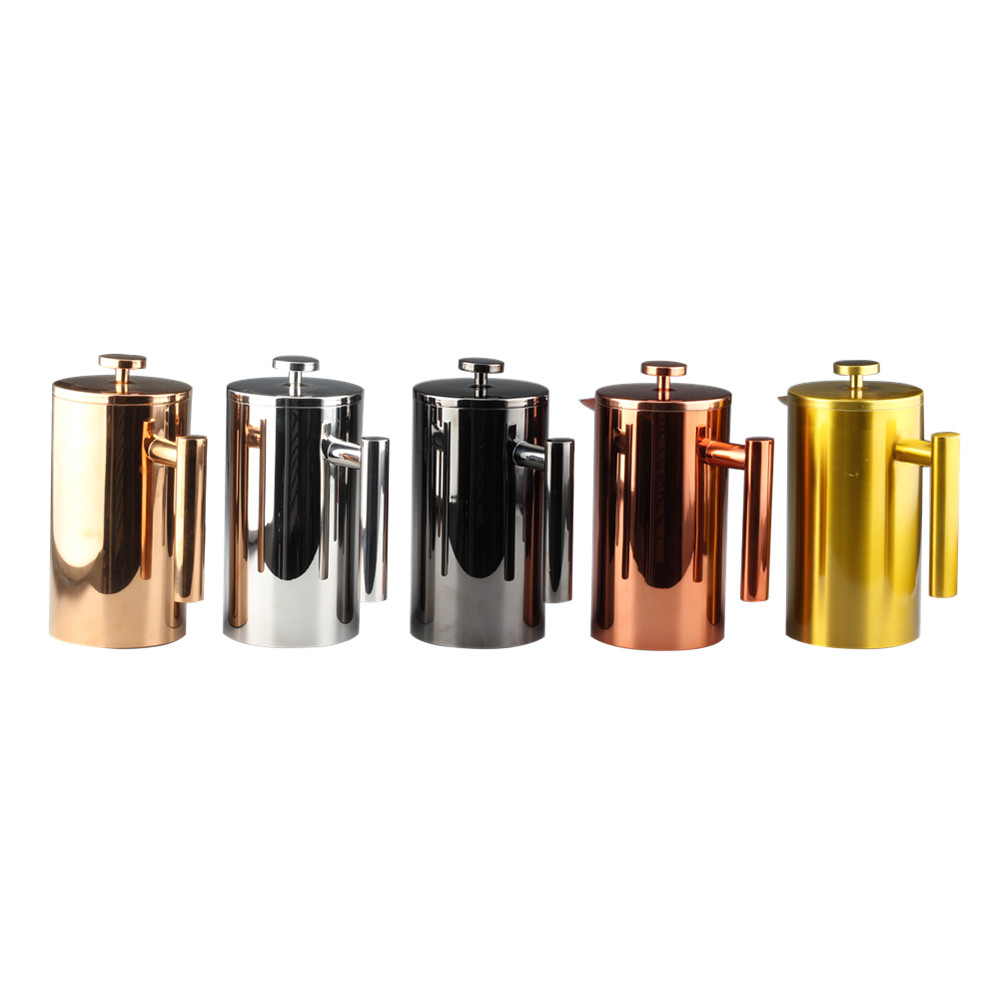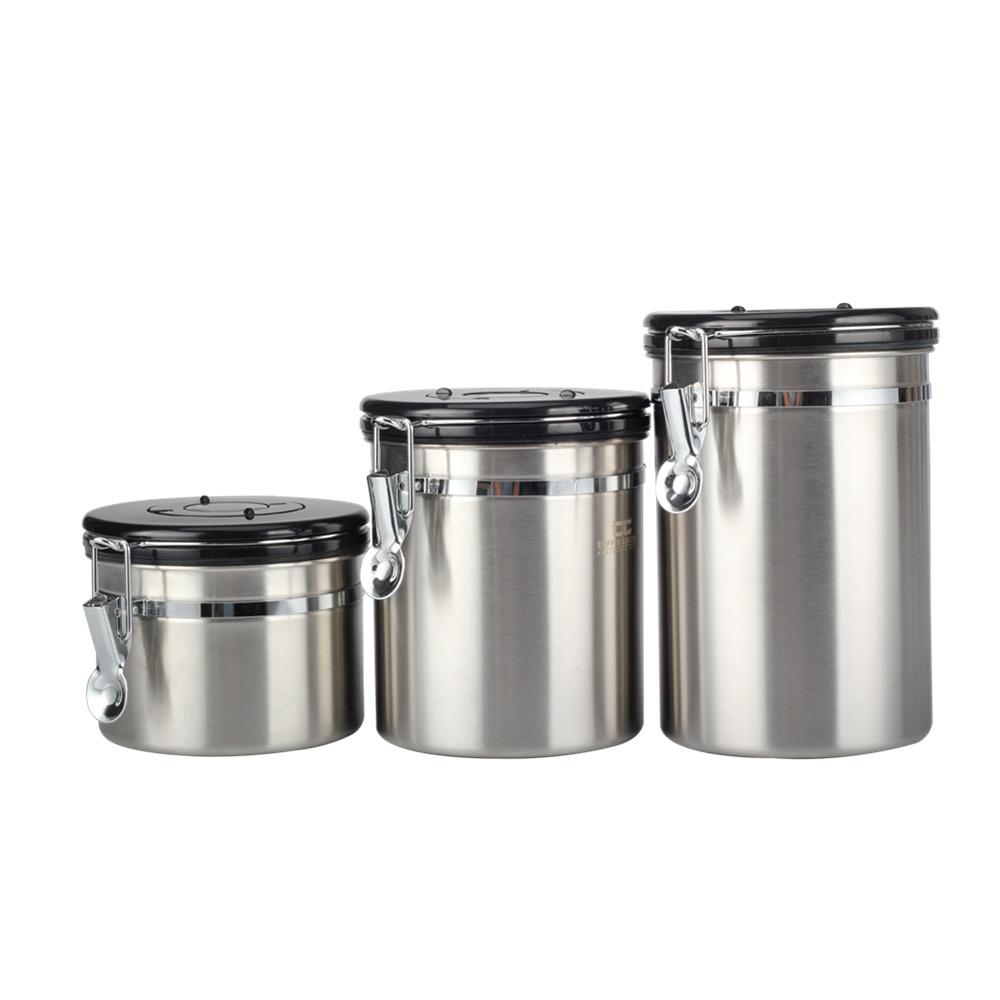People have always been despising some of the energy contained in grass. But agronomists never thought that they had found 30 "energy grasses" out of 6,500 wild weeds that could be used to make bioethanol or generate electricity. According to a research report provided by Professor Hu Lin of the College of Resources and Environment of China Agricultural University, China's unutilized wasteland is one of the most important land-reserve resources. If it can grow 361 million hectares of waste grass suitable for planting, it can be refined. Ethanol's energy grass has an annual potential bioethanol production of 11 million tons, which can replace 23% of China's current gasoline consumption. Domestic experts have particularly recommended two kinds of Jerusalem artichoke (Japanese ginger) and mallow, which are widely grown in China. Jerusalem artichoke, not only can be planted in the wild grassland, but also suitable for salt seashore beach promotion. Jerusalem artichoke's sugar content, more than 30% of sugar cane, sweetness is twice that of sucrose, oil yield is very high. Research by foreign experts found that in northern Australia, there are two kinds of perennial weeds that can extract petroleum—Zea canadensis and Oxanthus sinensis, and the oil production rate is high. What is even more commendable is that the famous inventor of grass-grass technology in our country and Lin Zhan, a researcher at Fujian Agriculture and Forestry University, has planted a giant grass that can be used to generate electricity. The construction of oil-producing forestry bases must be beneficial The famous American chemist Professor Calvin discovered a rubber tree in Brazil's tropical forest for the first time in the 1970s. This tree can secrete 20-30 liters of glue in each tree within half a year. Its chemical composition Similar to oil, it can be used as diesel without any refinement. There is also a famous Pakistani tree, called "Oil Tree." With 30 meters of rough, about 1 meter thick, and a hole in the trunk, crude oil will flow out of the source. It can produce about 25 kilograms of crude oil overnight, and can be collected once every 40 days. This oil can be directly used in diesel engines. The United States has successfully cultivated two kinds of "oil trees", the follower and Yushu. Both trees can collect up to 125 barrels of crude oil per hectare. China also has abundant woody oilseed species. There are 154 seed plants with oil content above 40%. The total area currently exceeds 4 million hectares, and the fruit output exceeds 5 million tons, which has broad prospects for the development of ethanol fuel. China's development of forestry biomass energy has become an important part of modern forestry construction. We will include large-scale cultivation of energy forests in the forestry “Eleventh Five-Year Plan†development plan and initially propose to cultivate 200 million acres of energy forest by 2020. After all the forests, plus the existing forestry resources, each year can reach the development target of providing 6 million tons of ethanol fuel raw materials and 400 million tons of wood fiber fuel. [next] Open seaweed “energy bank†and break into the door of Alibaba British and American experts are staggering: The ocean contains a rich source of seaweed. Especially in the coastal and offshore continental shelf, the promotion of high-alcoholic algae production, industrialization of ethanol production or use of electricity, is the door of humanity into the new energy Alibaba. The ocean is another "land of vastness" and it is entirely possible to "plant" renewable energy carriers - seaweeds - through genetic engineering methods. The New Energy Institute of New York City, USA, specializes in the cultivation of seaweed in the bay area. In order to speed up the growth of seaweed, the Institute applies nitrogen fertilizer and injects carbon dioxide to increase the lipid content of the algae, from which extractable lipids can be processed into diesel or gasoline. Per square meter of water, an average of 500 grams of algae per day can be obtained, containing more than 67% of lipids. In this way, 122 liters of fuel oil can be extracted from the algae body every year, and its cost is equivalent to the current fuel oil price. The U.S. Department of Energy and the Solar Energy Institute have used the giant seaweed grown on the west coast of the United States to successfully extract high-quality ethanol. Vigorously developing "engineering microalgae" and making it the rising power of new energy construction has become a major factor. U.S. researchers also developed giant seaweed Sargassum and California brown seaweed and built a "seaweed farm." The two giant seaweeds grow very fast and grow at least 0.6 meters a day. They are easy to regenerate and they do not need to be replanted after harvest. They can continuously provide seaweed biomass. Biomass hydrogen energy magically transforms the future of the world Hydrogen energy is an environmentally friendly energy source with large reserves, strong follow-up, and high thermal efficiency. The development of bio-hydrogen technology cannot be separated from algae and photosynthetic bacteria in seawater. Large-scale cultivation of marine algae and production of hydrogen through photosynthesis and photosynthetic bacteria is a promising route. Scientists look at genetic engineering techniques and cell immobilization technologies to enable photosynthetic bacteria to “push†the continuous production of hydrogen by seaweed organisms. Canada, Germany, Japan and other countries are fully supporting this biogenic hydrogen production technology. In Canada, a factory that produces 10 tons of liquid hydrogen per day has been built. Germany established "Algae Farm" hydrogen production. Particularly surprising is the use of photosynthetic bacteria to treat high-concentration wastewater (such as paper-making wastewater) to prevent pollution, protect the environment, and obtain microbial proteins and other biologically active substances for the production of hydrogen. Ren Nanqi, a professor at Harbin Institute of Technology in China, has used the organic wastewater fermentation method to produce hydrogen through microorganisms, which can be described as "a double-edged sword." The Institute of New Materials and Institute of Internal Combustion Engines of Zhejiang University has recently successfully reconstructed a bus that uses a hydrogen-oil blended fuel and burns hydrogen-gasoline blends with about 4.7 Wt% of hydrogen, resulting in an average fuel savings rate of up to 44%. [next] Wood fiber liquefaction and fermentation a good "point wood into gold" After all, the era in which hydrogen is used as fuel is still not in sight. Its successful operation requires the strong promotion of the country. In the process of conquering the market, bioethanol needs forward-looking operations based on China's actual conditions. For example, the huge reserves of wood fiber plants is one of China's national conditions. The country needs to give policy assistance. The “hydrolyzed liquid†(pre-treated wood biomass) of lignin fiber is used as a raw material, and specific microorganisms are used for fat and oil fermentation, which is a “good road†for the production of ethanol fuel suitable for China’s national conditions. Liquefied lignocellulose not only produces bioethanol but also flammable gas. The "Chaoyang Project" using straw to make oil and turning waste into treasure Ninety percent of the lignocellulosic biomass, especially straw, is not utilized in biomass resources. This is the reality that China has the most extensive renewable biomass resources. At present, the vast majority of crop stalks are burned in farmland on the spot because they cannot be used effectively, which not only wastes a lot of energy, but also causes serious environmental pollution. A large number of processing plants such as grain, wood, tea, and fruits have a large amount of waste, such as chaff, sawdust, sawdust, and fruit husks, piled up every day without the need to convert biomass into gas. China's policies to support the development of biomass energy industries such as straw, grain husks, sawdust, sawdust, and fruit hulls are still lacking in operability. The China University of Science and Technology Student Material Clean Energy Laboratory successfully developed a pilot plant for pyrolysis and liquefaction of biomass straw that can handle 150 kilograms per hour in 2006. The pyrolytic liquefaction experiments using corn stalks, cotton stalks, sawdust, and rice husks, and other raw materials have shown that the oil yield of straw is more than 50%, and the oil yield of wood chips is more than 60%. The primary bio-oil obtained in this way can produce hydrogen-rich synthesis gas with a higher hydrogen/carbon ratio (the main component is a mixture of H2/CO/CO2) through steam-steam catalytic reforming. This syngas can be further purified to obtain hydrogen. It can also be synthesized through different processes to produce high grade liquid fuels such as diesel, gasoline, methanol, or dimethyl ether. The most exciting thing is that Anhui Fengyuan Biochemical Group Company has made the technology of straw ethanol fuel a “point to diesel†technique with Chinese characteristics. Through joint research, they eventually converted to fuel ethanol through a series of deep processing. In October 2006, the Chinese government decided to establish a national laboratory for research and development of straw fuel ethanol in Fengyuan, Anhui Province. The research and development of straw fuel alcohol is listed as a national major science and technology project. Straw ethanol is no longer a distant myth.
Coffee Series :
We offer many different kinds of coffeeware, such as Double Wall French Press, Glass French Press , Pour Over Coffee Kettle ,handle drip coffee kettle, coffee filter, Coffee Canister , Coffee Tamper and so on.
Use our excellent quality product, enjoy a cup of coffee by yourselves.
If which one suitable for you, welcome to contact me or ask for the catalog .Will be glad to hear from you.
FAQ:
1:How can I get the sample?
We can provide the sample for customers to check the quality.
Please kindly provide the delivery info for calculate the sample cost. If you have DHL /TNT/UPS/FEDEX account, please also kindly provide it to us.
You can do the payment of sample via T/T and PayPal.
2:How about the sample time?
Usually the sample time is 7~10 days after have the sample cost.
3:How long will it take for mass production?
Usually 45~60 days after have the deposit.
4:Can we Have our logo or company name to be printed on your products or the package?
Welcome OEM.
5:what certificate can you provide?
CE,CB,GS,FDA,LFGB,ROHS are available here.
6:How can we get your monthly new products announcement?
Please join our mailing lists.
Pour Over Coffee Kettle,Coffee Series,Coffee Canister,Coffee Tamper Jiangmen Wellway Houseware Co.,Ltd , https://www.wellwaycc.com


